A Wall Brick Witnessing the Bloody Atrocities Committed by Japanese Invaders 87 Years Ago
In the first section of our "Nanjing Massacre Exhibition", titled "The Situation before the Fall of Nanjing", a wall brick from the Sihang Warehouse is displayed. This artifact was donated to our hall by the Shanghai Songhu Anti-Japanese War Memorial Hall on October 20, 2007. It stands as a witness to the resilient spirit of the Chinese defenders before the Nanjing Massacre, as well as the bloody atrocities committed by the Japanese invaders in Shanghai.
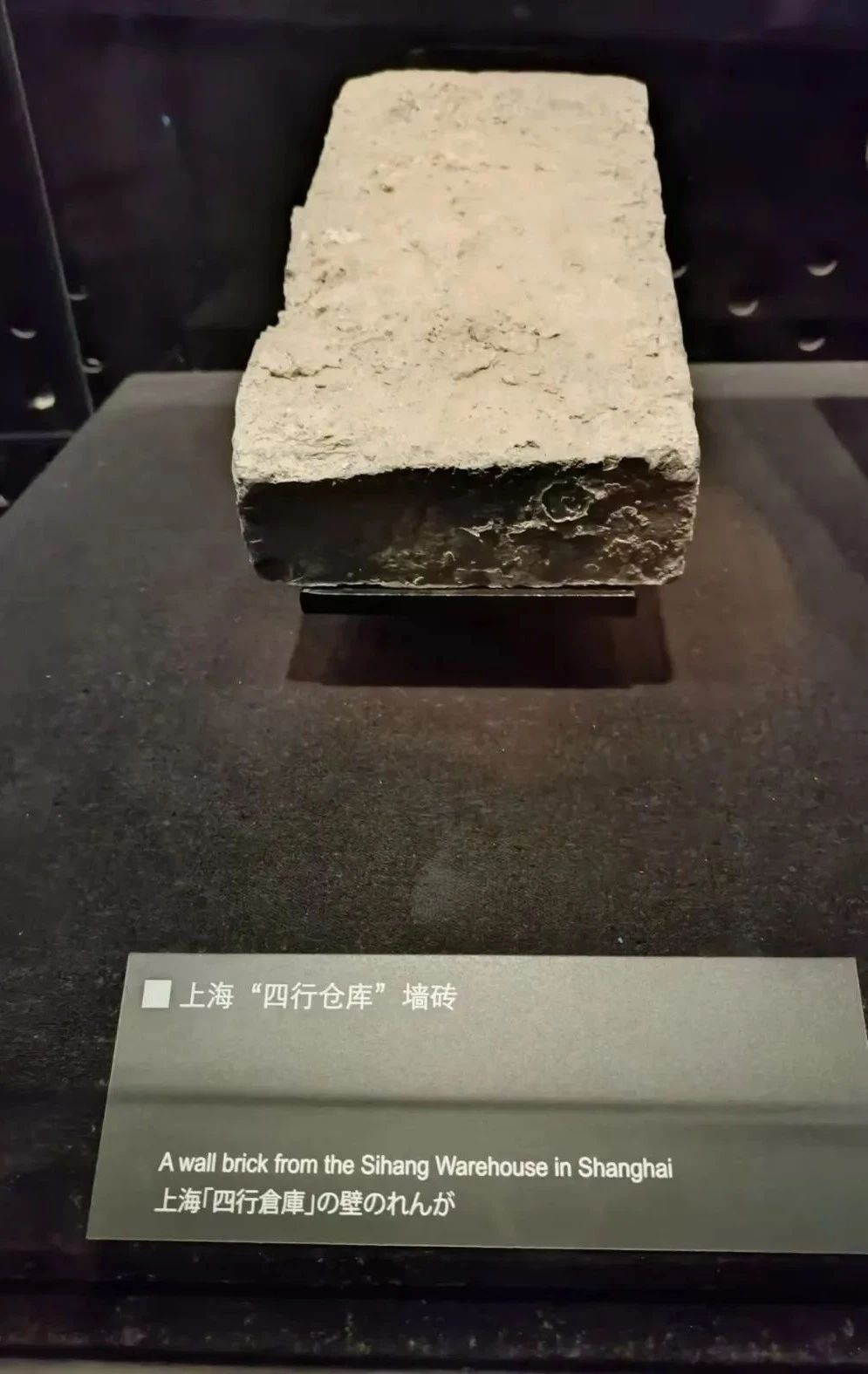
The massacre, not only in Nanjing
The massacre by the Japanese invaders did not begin in Nanjing, nor was it confined to that city. On August 13, 1937, the brutal massacre by the Japanese invaders had already begun. After the outbreak of the August 13 Incident, the Japanese invaders occupied Hongkou, Yangpu, Zhabei, and other parts of Shanghai, blocking all routes to the outside world.
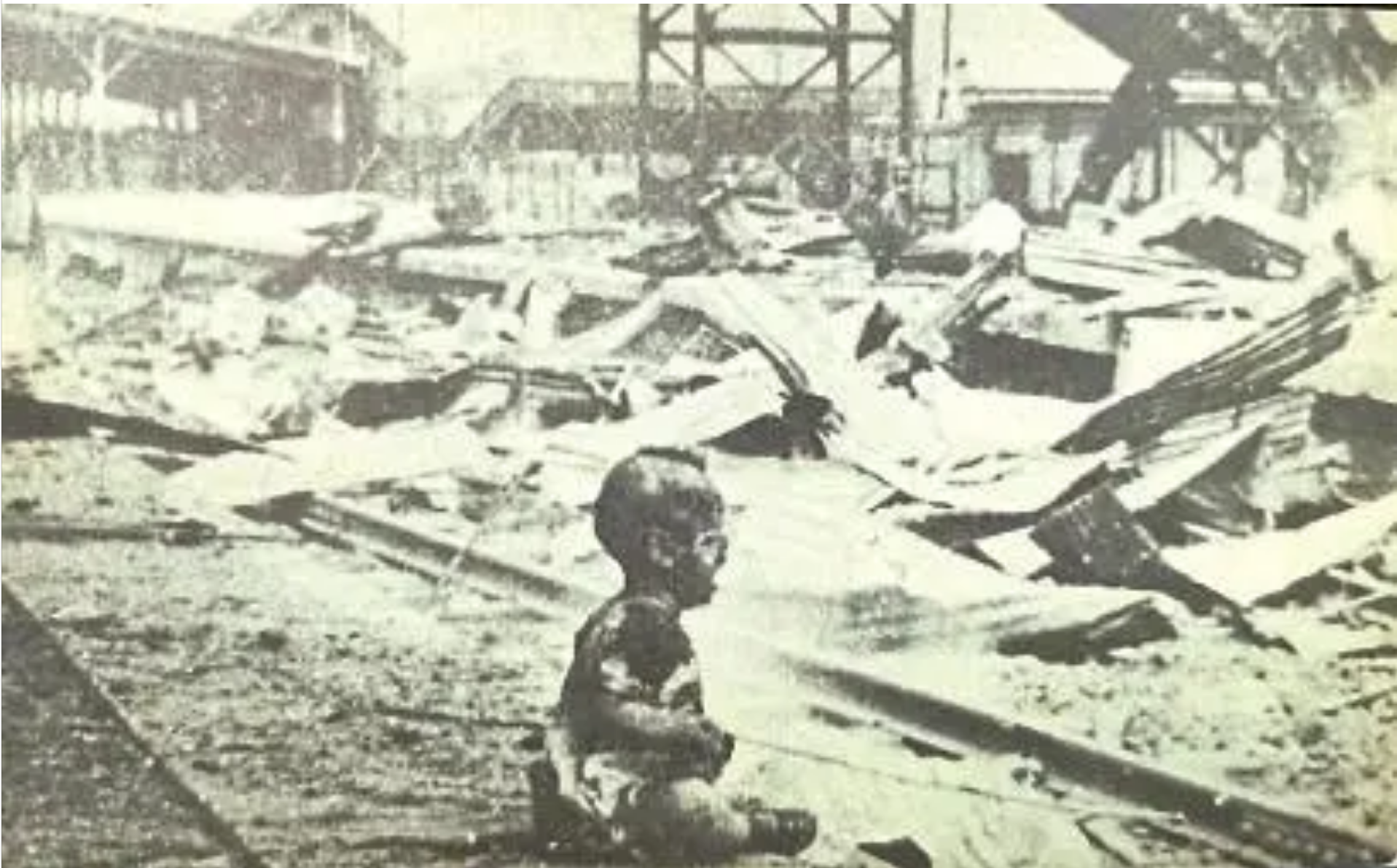
In August 1937, a photographer captured an image of a baby amidst the ruins near the former Shanghai South Railway Station
At that time, both domestic and foreign media reported:
Residents of the above-mentioned areas, "caught off guard by the sudden disaster, had no chance to flee." "The (Japanese) invaders slaughtered innocent residents with bayonets and swords, especially along Wusong Road, where countless were killed, resulting in piles of corpses and rivers of blood."
——On August 15, 1937, Shanghai's Shun Pao reported
"Five buses were completely destroyed, with 300 casualties, most of whom were women and children. Many others were injured, and not a single Chinese soldier was among the dead. Shanghai refugees suffered yet another catastrophe." "After the bombing, the scene inside the station was devastating, with severed limbs and pools of blood covering the ground."
——On September 9, 1937, the "North China Daily News" reported the scene of a refugee train from Shanghai to Jiaxing being bombed by Japanese planes in Songjiang, Shanghai on September 8
"At that time, Shanghai South Station was located in the Nanshi of the Laochengxiang in Shanghai (now part of Huangpu District), far away from the war zone and devoid of any military facilities. The Japanese bombing targeted transportation infrastructure and innocent civilians."
——On October 4, 1937, the American magazine "Life Weekly" published a photo titled "Shanghai South Station under Japanese Air Raids", capturing the atrocities committed by the Japanese invaders in bombing Shanghai South Station, and sparking widespread outrage both domestically and internationally.
The "Eight Hundred Heroes" stand alone in defending the Sihang Warehouse
By October 26, 1937, the Japanese invaders had already broken through the Chinese defense line, and the Chinese command decided to withdraw their troops from the area. Xie Jinyuan, deputy commander of the 524th Regiment, 262nd Brigade, 88th Division, was ordered to lead more than 420 soldiers in holding their position at the Sihang Warehouse in Zhabei.
To the southeast, the warehouse faced the Suzhou River and the foreign concessions, while the other directions were surrounded by Japanese invaders, turning the site into an "isolated island." Faced with Japanese invaders dozens of times larger, the defenders claimed they had 800 soldiers to confuse the enemy, earning them the name "Eight Hundred Heroes" in history. Despite being heavily outnumbered, they held their ground, refusing to retreat. Over four days and nights, they repelled numerous attacks by Japanese troops, who were supported by aircraft, tanks, and artillery. The defenders lost more than 10 men and suffered over 20 injuries, yet they killed more than 200 Japanese soldiers, demonstrating the unwavering courage and resilience of the Chinese military.
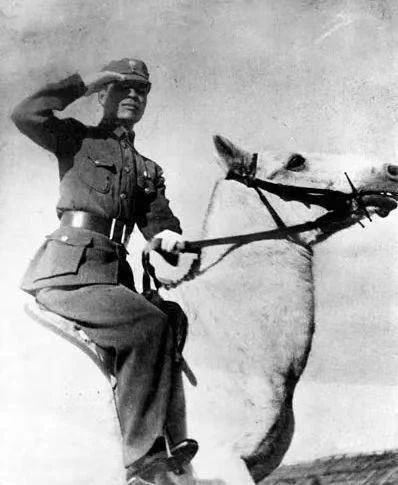
Xie Jinyuan
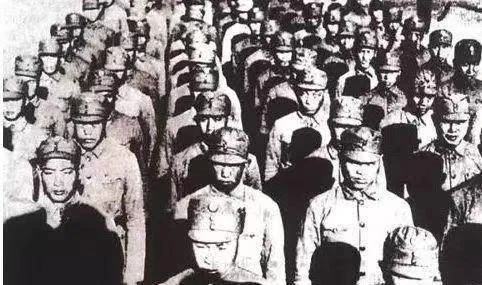
The "Eight Hundred Heroes"
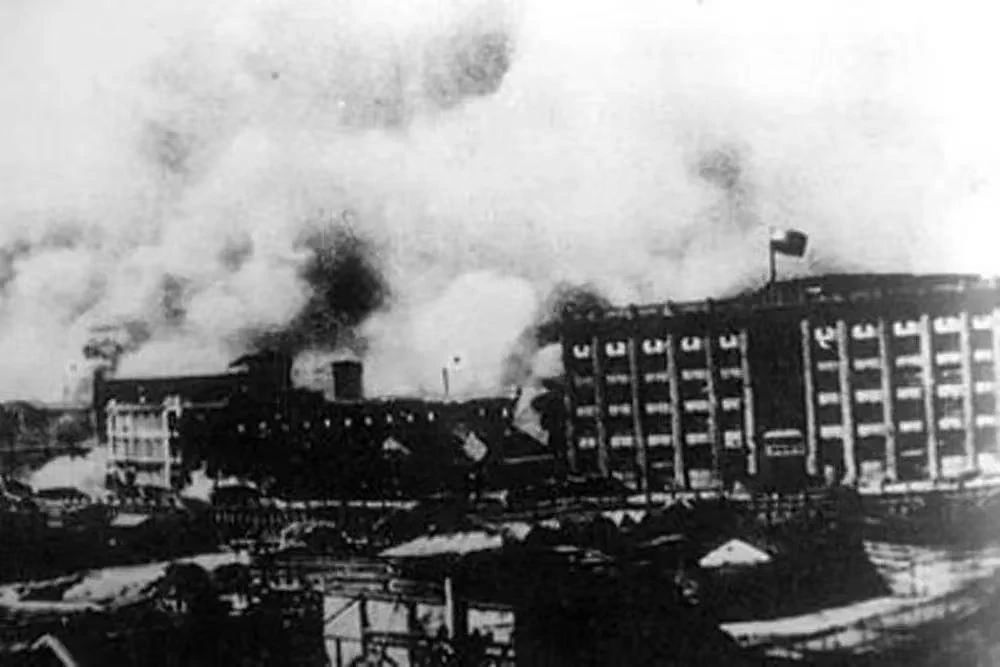
The Sihang Warehouse during the bloody battle
In just four days, the news of the "Eight Hundred Heroes" guarding the Sihang Warehouse spread throughout Shanghai, and they became heroes in the hearts of the city's residents. Numerous foreign journalists who witnessed the heroic deeds of the "Eight Hundred Heroes" across the river have also continuously released a large number of battlefield reports. The Times said: "The ‘Eight Hundred Heroes' fought for the glory of Chinese soldiers, for the eternal defense of Chinese sovereignty, for the survival of the nation, for humanity, for civilization, and for peace".
The Chinese residents within the Shanghai Concession, moved by the "Eight Hundred Heroes" sacrifices, petitioned the authorities to order their withdrawal. In response, Chinese authorities approved the evacuation of the "Eight Hundred Heroes" from the Sihang Warehouse.
The Battle of Shanghai shattered the Japanese Invaders' delusions of a quick victory
Driven by a strategy of rapid conquest, the Japanese invaders sought to end the war in Shanghai swiftly and annihilate the Chinese army in the Songhu area. Facing the dire situation, in order to prevent hundreds of thousands of Chinese troops from being annihilated, Chinese military authorities ordered a full withdrawal from Songhu on the evening of November 8. By November 11, the last units of the Chinese forces covering the retreat in western Shanghai had been withdrawn. On November 12, the Japanese invaders occupied Shanghai. The following day, the Chinese Government issued a Statement to All Shanghai Compatriots, formally announcing the city's fall.
The Battle of Shanghai was the first large-scale strategic confrontation between Chinese and Japanese forces following the Lugou Bridge Incident. With unity and unparalleled courage, the Chinese people shattered Japan’s ambitions to force China into submission within three months. The defense bought critical time for the relocation of industrial, cultural, and educational institutions to inland areas, demonstrating to the international community China’s unwavering determination to resist aggression and fight to the end.
The "Eight Hundred Heroes" who participated in the defense of the Sihang Warehouse were later praised by General Secretary Xi Jinping as one of the heroic groups that emerged during the Chinese People's War of Resistance against Japanese Aggression.


